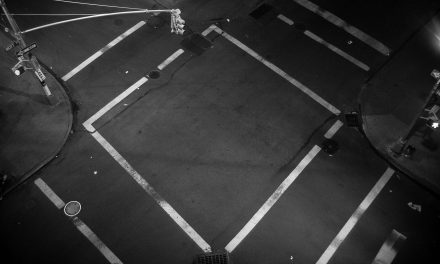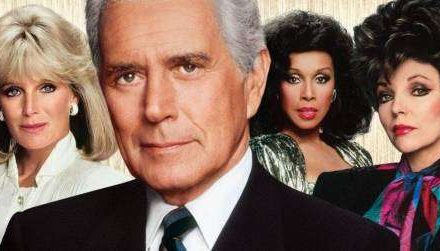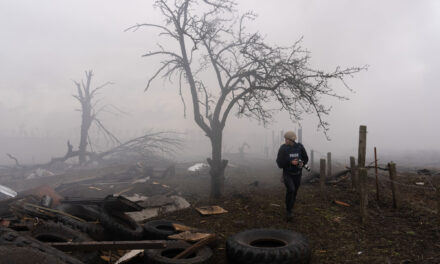Final Call for Papers Push: Childbirth in Global Screen Culture
Amy C. Chambers, Xi W. Liu, Kate Taylor-Jones,
Proposals due: 1st July 2024
After an impressive response to our initial call for papers we are in the process of bringing together an edited collection on this topic.
To ensure we have a truly global perspective we are interested in further expressions of interest for papers focused on Indian and African film engagement with childbirth (as broadly defined) and those in the field of science communication.
Initially we are after 300-word abstracts detailing the focus of the proposed chapter and an indication of approach and a brief biographical note. We are also interested in expressions of interest from anyone who is a filmmaker or artist who is working on this topic. The forms of the artistic works can be discussed with the editors as we are flexible in approach.
We already have chapters engaged with Chinese, French, USA, UK, and Mexican examples so we would not be looking for more work on these regions.
Overview
The act of childbirth is a global experience and yet, on film, it often remains hidden behind careful framing and a stereotypical and often inaccurate imagination of this event. Muriel Zagha (2019) notes that childbirth ‘remains a richly problematic object for film’ and to date, there has been little sustained scholarly attention on this topic.
The experience has for the most part been heavily mediated via the lens of cinematic genres, indeed, as Anne Carruther’s (2021) notes there it is not really possible to neatly group and locate films that present a gynae-narrative once the ‘supporting structures’ of genre conventions are removed.
Horror studies has been one area where work has been done on images of childbirth and gestation. However, all too often in this genre, the pregnant person’s body is positioned as abject and their pain and suffering offered up for spectatorial enjoyment. Pregnancy horror or gynaehorror as termed by Erin Harrington (2018), is also explored by a number of scholars including Amanda DiGioia (2017), Sarah Arnold (2013), Kelly Oliver (2012), and Lucy Fischer (1996). For the Anglo-American comedy genre (examples include Nine Months [Colombus, 1995], What to Expect When You’re Expecting [Jones, 2012], Father of the Bride Part 2 [Shyer, 1995], Knocked Up [Apatow, 2007]), the breaking of water and the uncontrollable nature of the gestating/labouring body is seen as itself as a comic act. With the exception of Alice Lowe’s Prevenge (2016) and Leigh Janiak’s Honeymoon (2014) these gynae-horrors and -comedies are exclusively directed by men (see Chambers, 2020). Reality birthing programs and documentaries such as One Born Every Minute (2010-2018, Channel 4), woman-directed documentary films The Business of Being Born (Eptein, 2008), and Birth Time (Hunter, Naylor, and Sutton, 2018) have developed the spectrum of the visual of childbirth but it is one that continues to enhance and promote the medical model of childbirth.
In comparison, films such as Pieces of a Woman (Mundrucz, 2021),Umameru (Goda, 2010), and Roma (Cuarón, 2018) present a vision of ‘corporeal normality’ (Carruthers, 2021:2) and woman directors such as Haimy Assefa, Naomi Kawase, Luk Yee-sum have sought to approach the topic with a more nuanced and interrogative lens. This is alongside fictional TV dramas such as Birthcare Center/Sanhujoliwon (2020, tvN) that have focused on exploring both pregnancy, birth and the postpartum period and The Handmaid’s Tale (2017- , Hulu) that has placed the whole process as part of the nightmare of dystopian state power.
This collection will seek to expand beyond mainstream and often man-directed representations of pregnant and labouring bodies as abject and monstrous and/or comic and uncontrollable. We are particularly interested in chapters (solo or co-written) that include global perspectives that focus on potential topics such as:
- Socioeconomics of labour and childbirth
- Gendered experiences
- Non-binary and trans experiences of childbirth
- The wider gestational journey and its impact on birth
- Defining childbirth in the cinematic frame
- Childbirth and narratives of nationhood
- The interplay between childbirth and educational policy features
We are especially interested in chapters with a focus on indigenous, Indian subcontinent and African experiences to ensure a wider understanding of the issues and to ensure a multiplicity of voices.
This project is committed to ensuring meaningful change via a focus on decolonisation practices and to provide a safe and supportive environment for those working with us. We believe that there is an urgent need to amplify and listen to marginalised voices and acknowledge the need to develop and explore the wider structures that surround us. We wish to firmly state our commitment to supporting the rights of trans, non-binary, and gender diverse communities and their experiences related to the topic we are working on.
Please note: since we wish to expand the discussion of childbirth beyond the narrative of horror, essays that focus on mainstream Hollywood examples such as Rosemary’s Baby (Polanski, 1968), Demon Seed (Fielding, 1977) The Brood (Cronenberg, 1979), Alien (Scott, 1979) and sequels, The Terror Within (Notz, 1989), Alien Resurrection (Jeunet, 1997), and more recent examples like A Quiet Place (Krasinski, 2018) will not be considered. Similarly, we will not be interested in chapters where analysis relies heavily upon Julia Kristeva’s concept of abjection and Barbara Creed’s monstrous-feminine and the monstrous womb/matrix.
Please email enquiries and proposals to push.global.screenmedia@gmail.com





